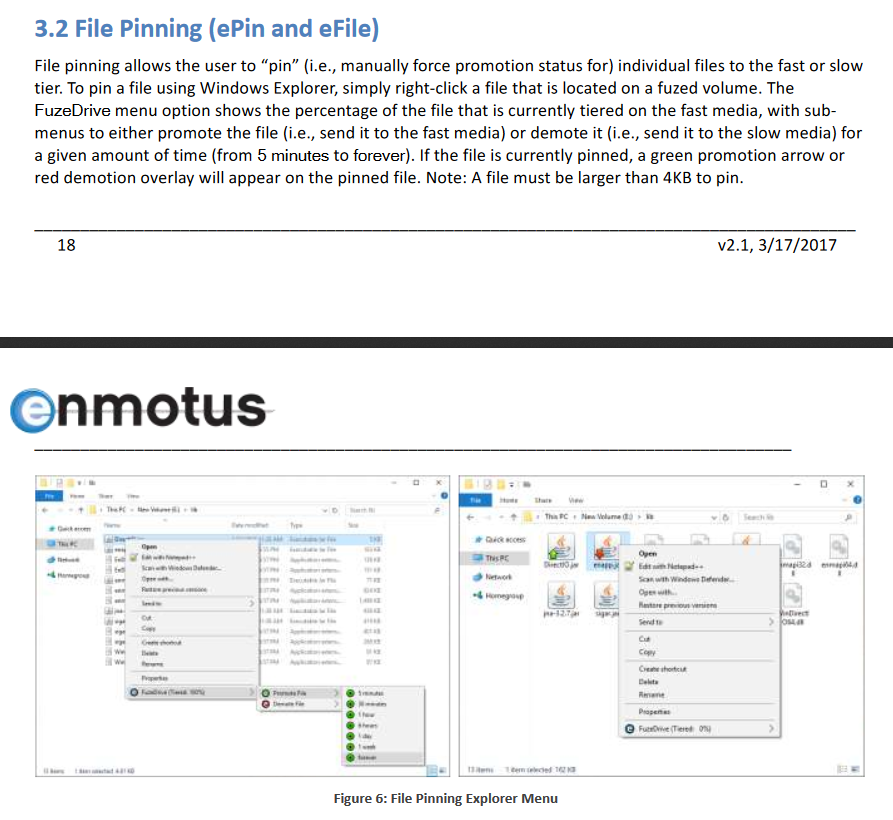- Mar 27, 2009
- 12,968
- 221
- 106
Fuzedrive is AMD's automated tiered storage system (created by Enmotus) where the user combines "fast tier" storage (eg, Optane SSD or Memory, NVMe NAND SSD, SATA SSD) with a "capacity tier" storage (eg, SATA or SAS SSD or hard dive) for a single volume up a 10TB volume.
So for example, a 280GB Optane SSD plus 480GB SATA SSD would yield a 760GB single volume. A 1TB SSD plus 4TB SATA hard drive would yield a 5TB single volume. etc.
It can be used for either primary or secondary storage. (Eg, single NVMe SSD for primary storage + optane memory combined with HDD for a single volume secondary storage)
P.S. I am not sure if two licenses can be used on the same computer to make four drives into two automated drives though (Eg, two SSDs (one of which needs to be SATA) combined together for a single volume primary storage + SSD and HDD combined together for a single volume secondary storage). I didn't see any mention of this in the Enmotus for Ryzen FAQ.
So for example, a 280GB Optane SSD plus 480GB SATA SSD would yield a 760GB single volume. A 1TB SSD plus 4TB SATA hard drive would yield a 5TB single volume. etc.
It can be used for either primary or secondary storage. (Eg, single NVMe SSD for primary storage + optane memory combined with HDD for a single volume secondary storage)
P.S. I am not sure if two licenses can be used on the same computer to make four drives into two automated drives though (Eg, two SSDs (one of which needs to be SATA) combined together for a single volume primary storage + SSD and HDD combined together for a single volume secondary storage). I didn't see any mention of this in the Enmotus for Ryzen FAQ.
Last edited:



